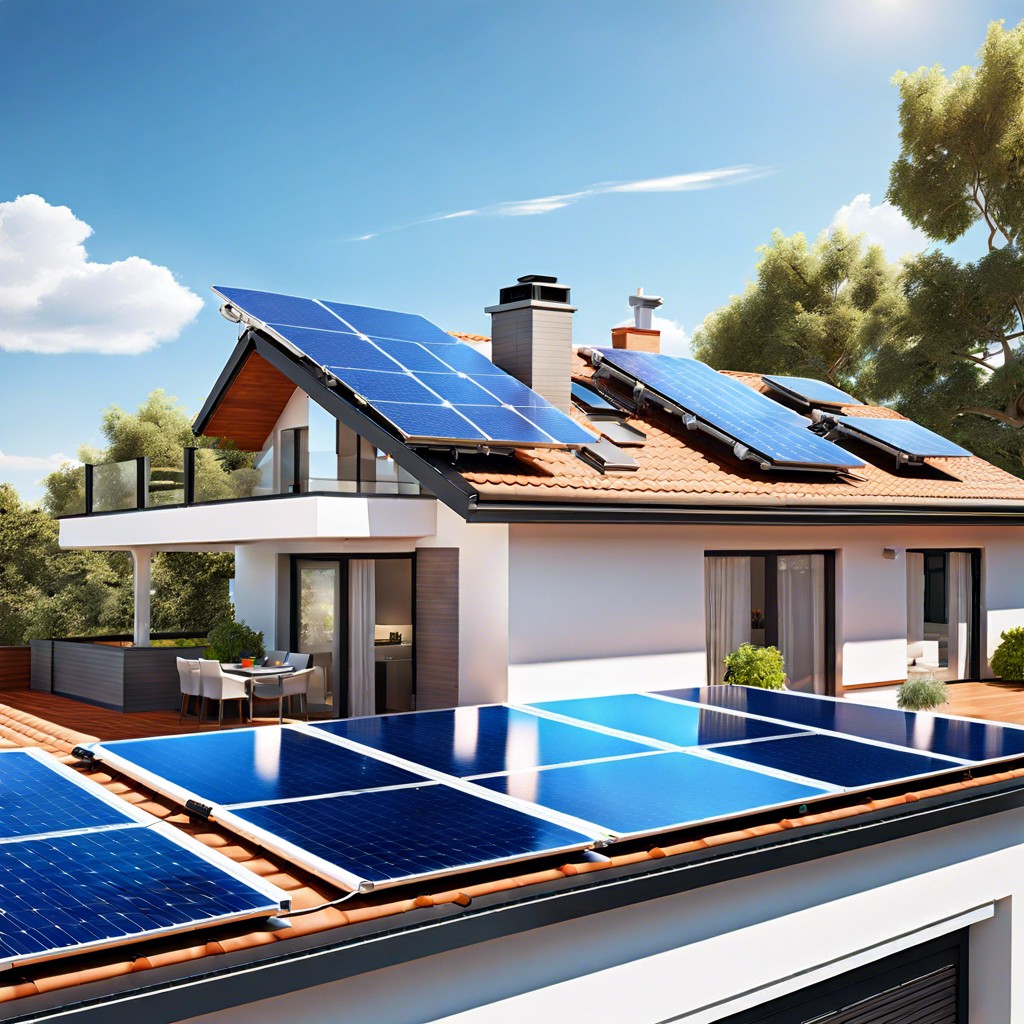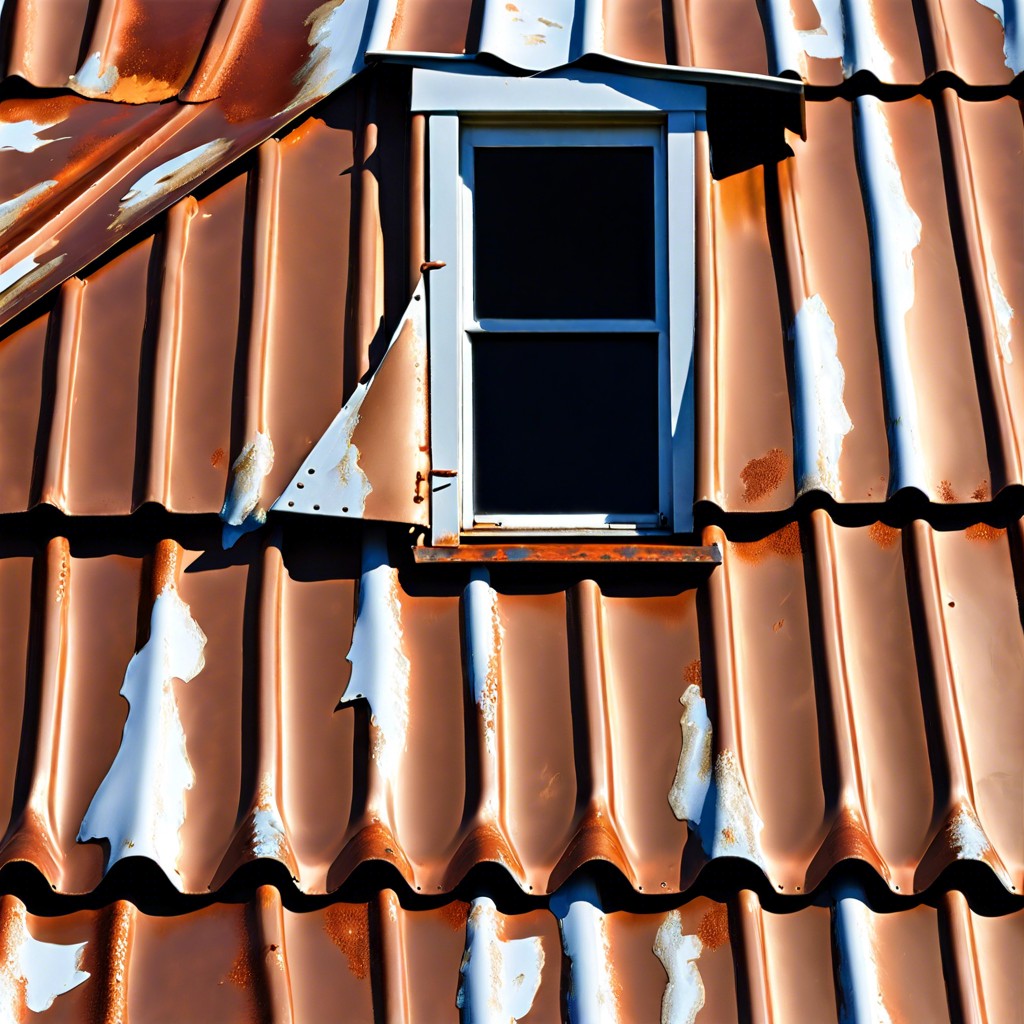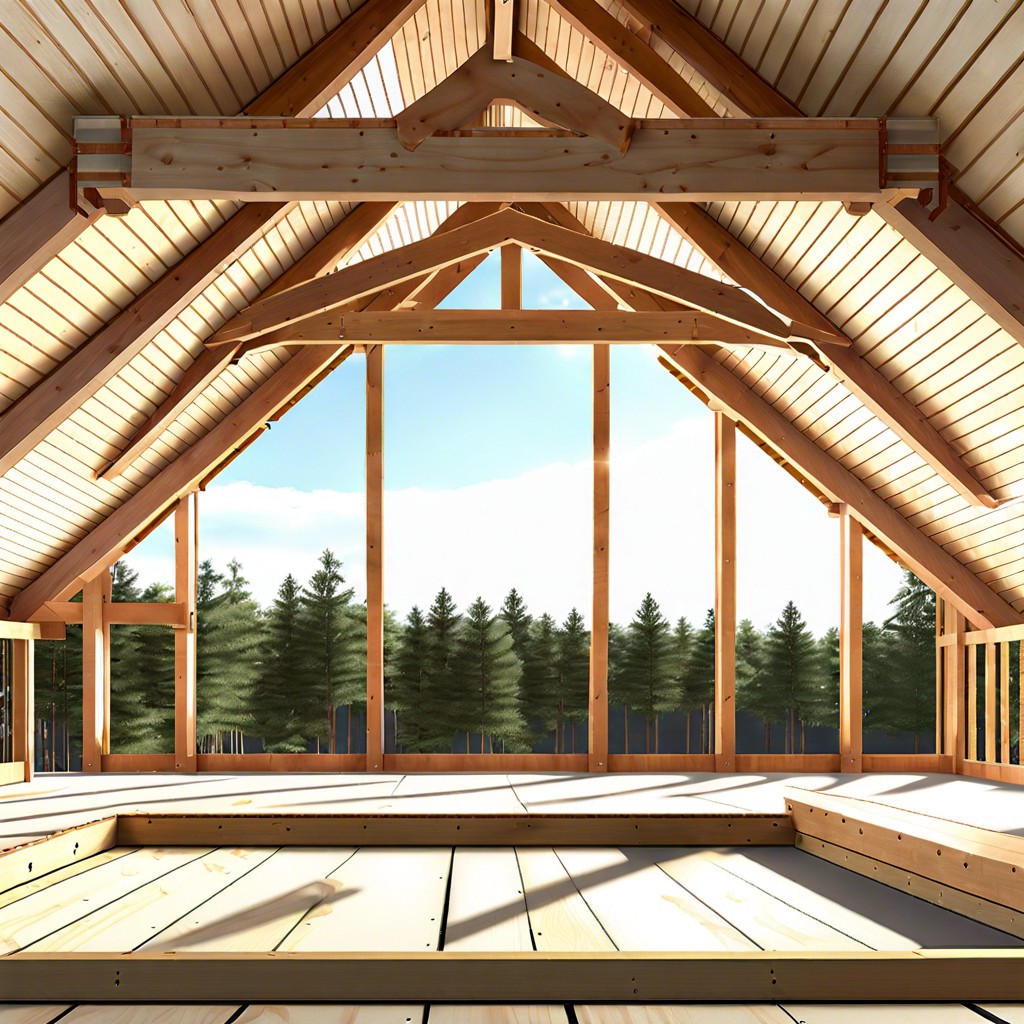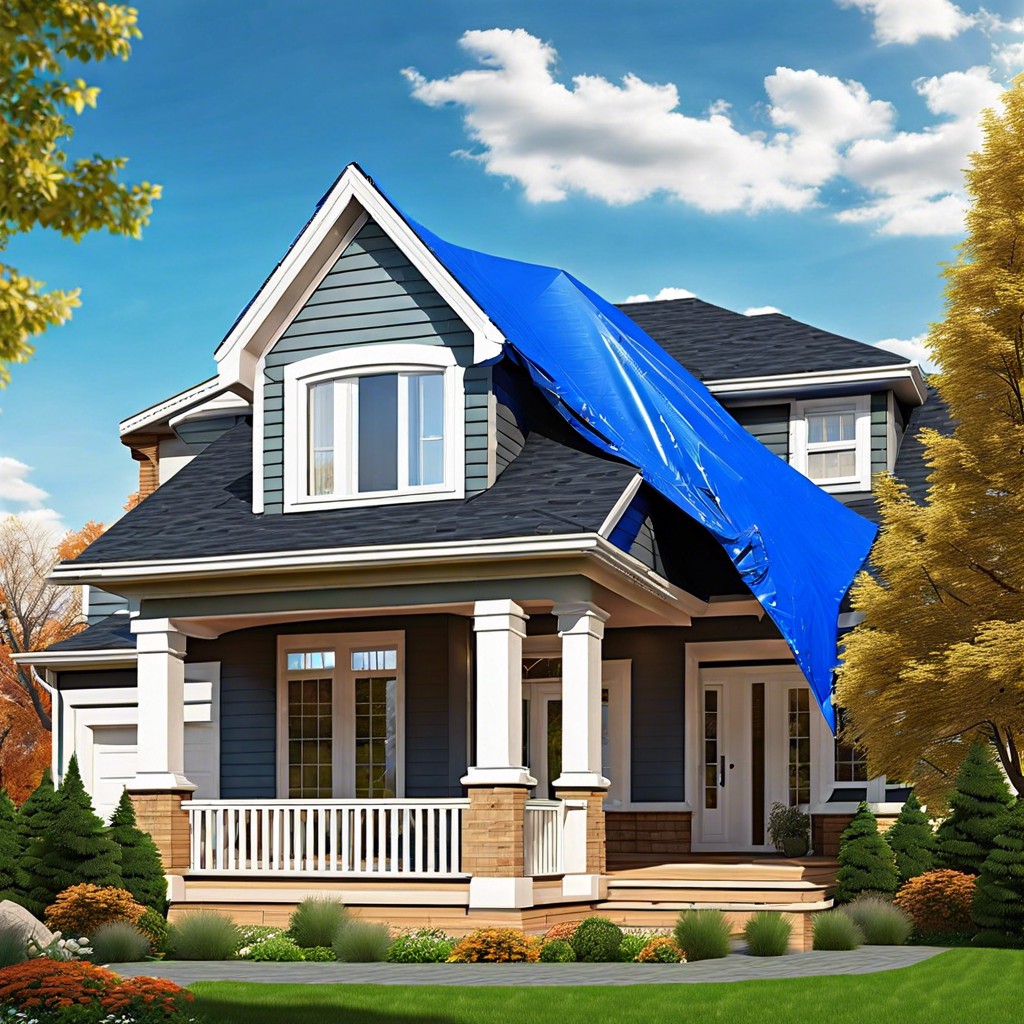Last updated on
Replacing the roof of a 1,500 square foot house involves several cost factors, including material choice, labor, location, and complexity of the job.
Key takeaways:
- Roofs cost between .50 and .50 per square foot.
- Labor costs depend on complexity and location.
- Different materials have different costs per square foot.
- Choose between full or partial roof replacement.
- Consider additional factors like structural issues and permits.
Roofing Cost Per Square Foot
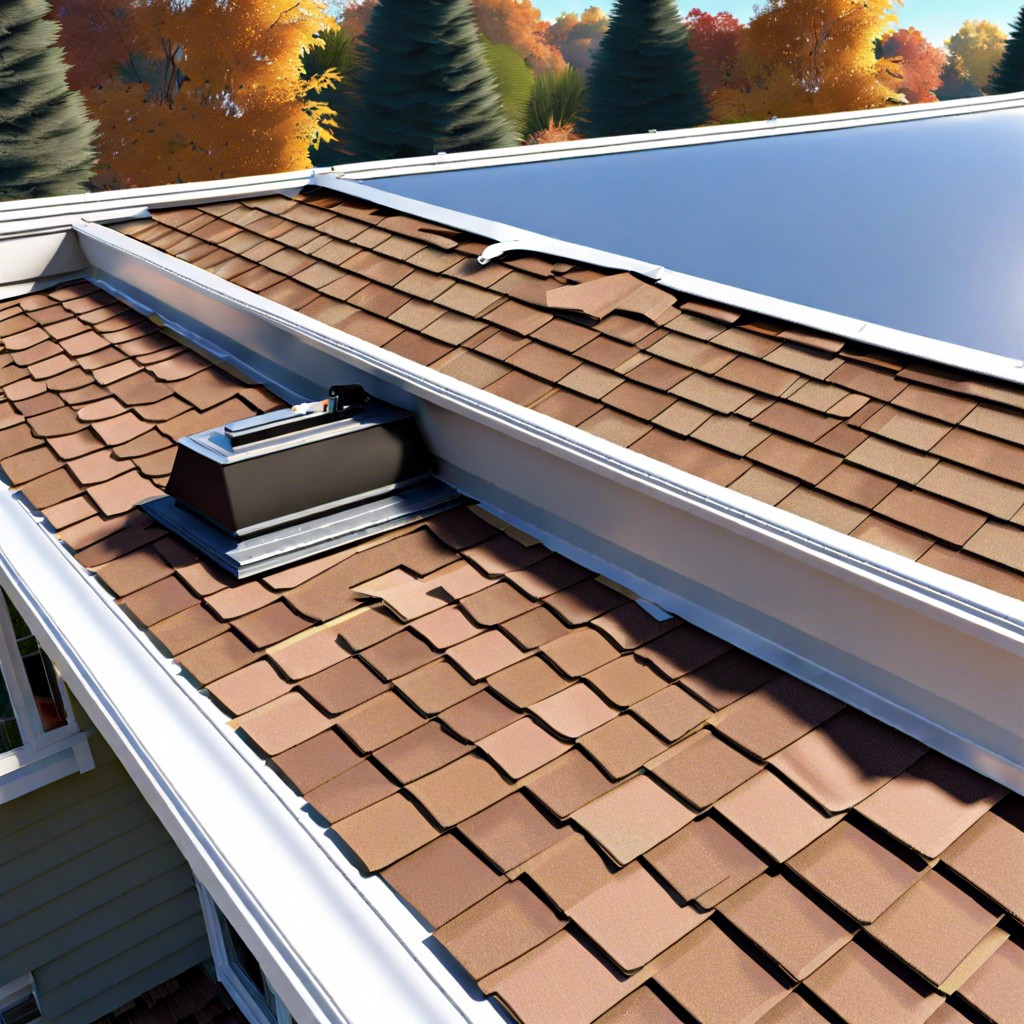
Calculating the cost to replace a roof starts with understanding the price per square foot, which can vary widely depending on materials and location. A roofing “square” is a 100-square-foot area; thus, a 1,500-square-foot roof is 15 squares.
Asphalt shingles, the most common material, typically cost between $3.50 and $5.50 per square foot installed. Metal roofing, though more expensive, can range from $7 to $14 per square foot. Premium materials like slate may escalate costs up to $15 or more per square foot.
Expect regional variations, primarily driven by the cost of labor and materials in your area. Urban regions with a higher cost of living will generally see steeper roofing costs.
Always consider potential extra costs such as removal of the old roof, which can add $1 to $5 per square foot to the overall price depending on the material to be removed and the labor intensity involved.
Labor
Labor costs in roof replacement are significant, often accounting for a substantial portion of the total project cost. These charges are determined by several variables, including the complexity of the job, the geographical region, and the skill level of the roofing contractors.
Complex roof designs with steep slopes or multiple levels necessitate more time and safety precautions, thus increasing the labor expense. In contrast, simpler roof structures allow for faster work, reducing labor hours and costs.
Furthermore, labor charges can vary widely by location due to differences in the cost of living and local market rates. In urban areas where the cost of living is higher, labor rates tend to be steeper compared to rural areas.
Moreover, experienced and highly-skilled contractors typically command higher wages due to their expertise and efficiency. It is essential to source quotes from several contractors to gauge an accurate estimate for your specific project.
Always remember to factor in the cost of removing and disposing of the old roofing materials, which is a crucial part of the labor costs. Proper disposal is not only environmentally responsible but also adheres to local regulations.
Lastly, unforeseen repair needs, such as structural damage underneath old shingles, can increase labor costs. These potential issues highlight the importance of a detailed inspection prior to finalizing any labor cost estimates.
Materials
The choice of material is a significant cost determinant. Asphalt shingles are most economical, with average prices ranging from $1.50 to $5.50 per square foot installed. Metal roofing, a more durable option, typically costs between $7.50 and $14.00 per square foot. For those desiring the aesthetic of natural materials, wood shingles can range from $6.50 to $11.00 per square foot, while clay or concrete tiles elevate costs to anywhere from $9.00 to $18.00 per square foot.
Synthetic options, such as rubber, are also available and fall within a moderate price range, while slate represents the premium end of the spectrum, with costs potentially exceeding $25.00 per square foot.
It’s also crucial to factor in underlayment, which is the protective layer installed beneath the main roofing material, as well as any additional sealants or coatings that may be necessary to enhance the roof’s integrity and longevity. Remember, while initial material costs are important, also consider longevity and maintenance over the roof’s lifetime.
Full Vs. Partial Roof Replacement Costs
Choosing between a full or partial roof replacement depends on several factors, including the extent of damage and long-term financial considerations.
Full replacements involve removing the entire existing roof and installing a new one. This ensures a uniform appearance and can extend the lifespan of your roof, albeit at a higher initial cost. However, it is often a more cost-effective solution over time due to the comprehensive nature of the work and the full warranty that typically accompanies new materials and labor.
Partial replacements target specific damaged areas, which can be more budget-friendly in the short term but may lead to mismatched materials. This can affect the roof’s aesthetics and potentially its overall integrity. Blending new with old materials might also shorten the lifespan of the new sections due to the pre-existing wear on the older parts.
Deciding between the two should involve considering the age and overall condition of your roof, the cost variance between partial and full replacement, and the potential impact on future resale value. It’s advisable to consult with a roofing professional to assess the condition of the roof and to determine the most cost-effective approach considering longevity and performance.
Additional Roof Replacement Cost Factors to Consider
Assessing the scope of a roofing project goes beyond the size of your home and the choice of materials. It’s essential to consider a range of factors that can impact the overall cost:
- Structural Issues – Pre-existing damage such as rot or sagging in the roof deck can lead to additional repair costs.
- Roof Pitch – Steeper roofs often require special equipment and safety measures, which may result in higher labor costs.
- Accessibility – Difficulty accessing the roof can affect the time and thus the cost of the replacement project.
- Permits – Depending on the locality, obtaining the necessary permits can be a cost to factor into the budget.
- Warranty – Opting for an extended warranty or a workmanship guarantee can provide long-term value, but will affect initial costs.
Understanding these inputs can help homeowners anticipate the final expense of roof replacement, ensuring better preparation and informed decision-making.
